Fiddler on the roof and in the "Shell"

News the tapes were filled with photos and videos with the hoisting of the Pantsir air defense missile system on the roofs of administrative buildings in Moscow.
The idea itself is not a masterpiece, and it cannot be called new. At the end of the last century, anti-aircraft missile launchers stood on the territory of a Voronezh enterprise, providing direct cover for the most valuable Processor plant, which, however, died in Bose at the beginning of the XNUMXs. The British easily set up shooters during the London Olympics, in the USA the White House is guarded by crews located nearby, and what can be seen on the roofs of Seoul ... But North Korea is not far there, and from there it can fly suddenly and easily.
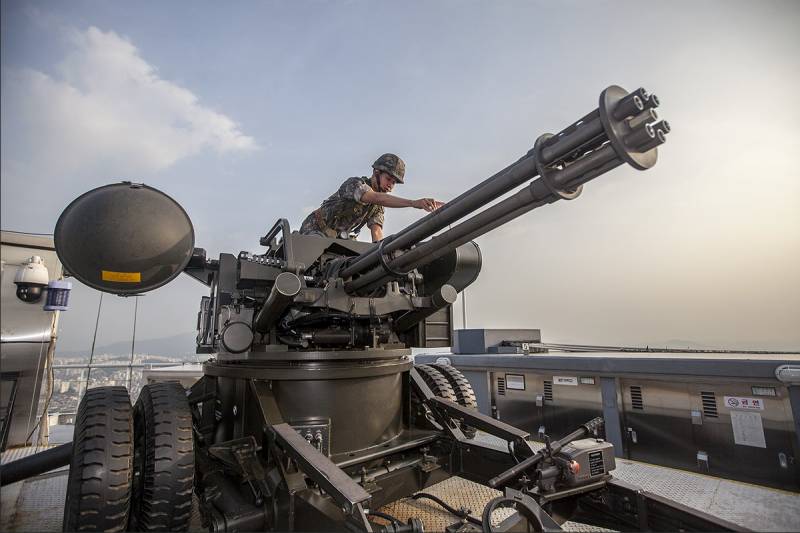
About the same rushed to say all our "experts". Say, we are not the first, which is already there. The fact is that these gentlemen will justify anything if there is an order for it. And in the State Duma, in general, everything related to the placement of air defense systems on the roofs of Moscow was declared fake.
But, in fact, we have a very peculiar set of circumstances.
Placement
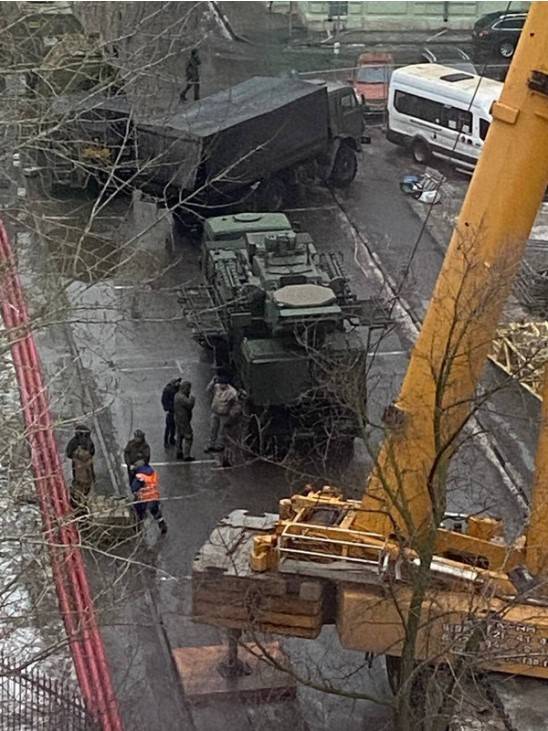
It is worth noting here that neither the Koreans, dragging rapid-fire small-caliber artillery onto the roofs of their skyscrapers, nor the British, who placed the Rapira-2000 air defense system in parks and squares for the duration of the Olympics, are not even close to their Russian colleagues.
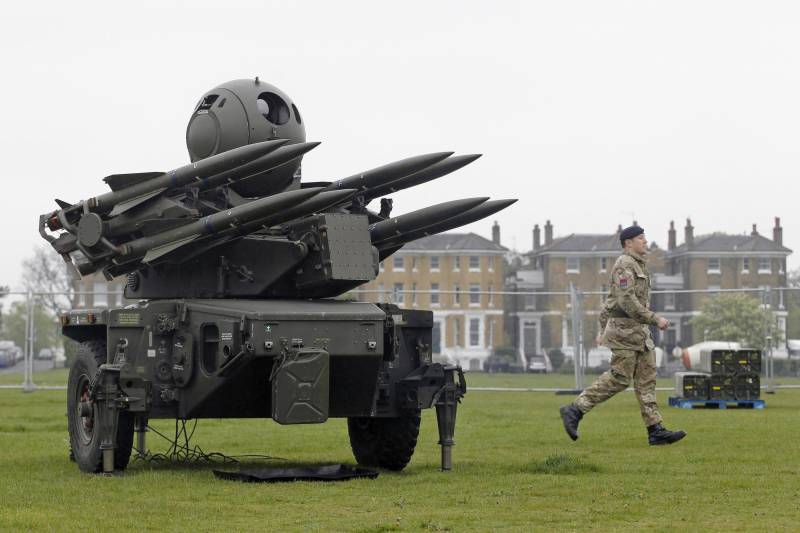
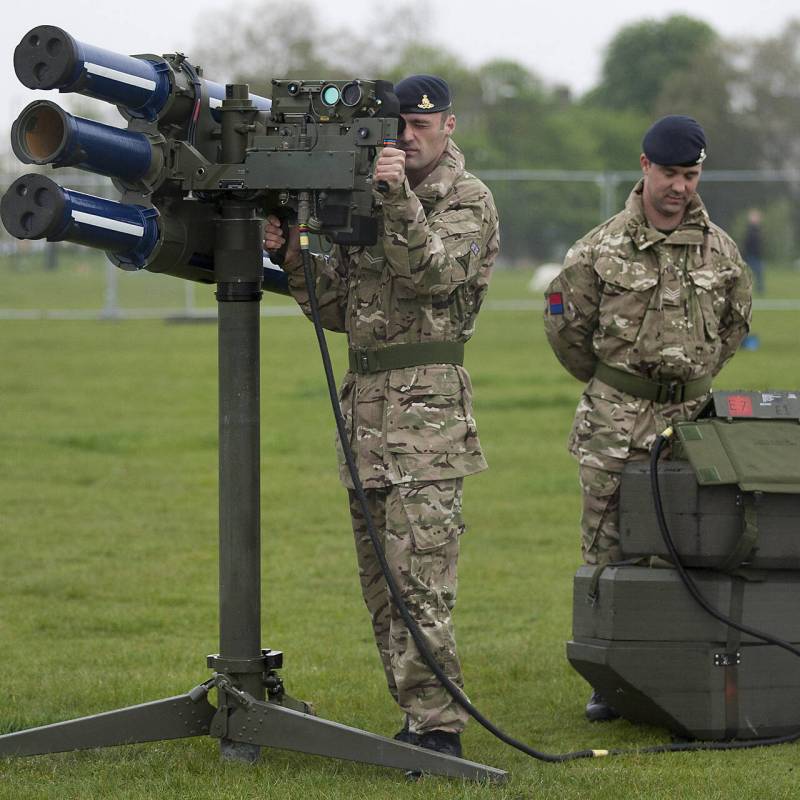
It's no joke, dragging a car weighing almost 30 tons onto the roofs of buildings is already very significant. And, by the way, it shows the level of trust in Soviet builders.
Not every, you see, the building will withstand the installation of such a machine on it. The risk is not small.
In general, this story with the hoisting of the "Shell" on the roofs, it gives off the smell of haste, if not panic. Yes, in Russia there are no analogues to foreign small-sized air defense systems like the British Rapier-2000, but such an air defense system would look more appropriate.
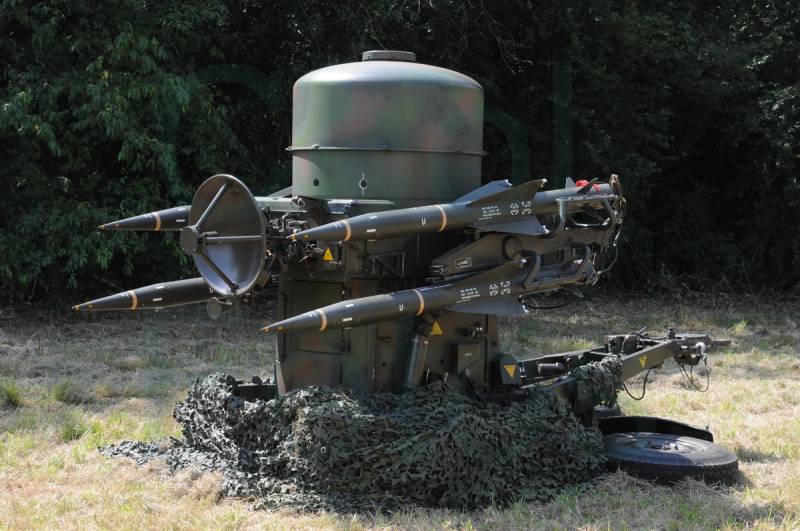
It would be possible to use the marine version of the same "Pantsir", "Pantsir-M", which is definitely lighter than the ground counterpart. There is no exact data on the weight of the marine version of the Pantsir, but no more than the same Kashtan-M, which weighs a little more than 12 tons. The difference is palpable.
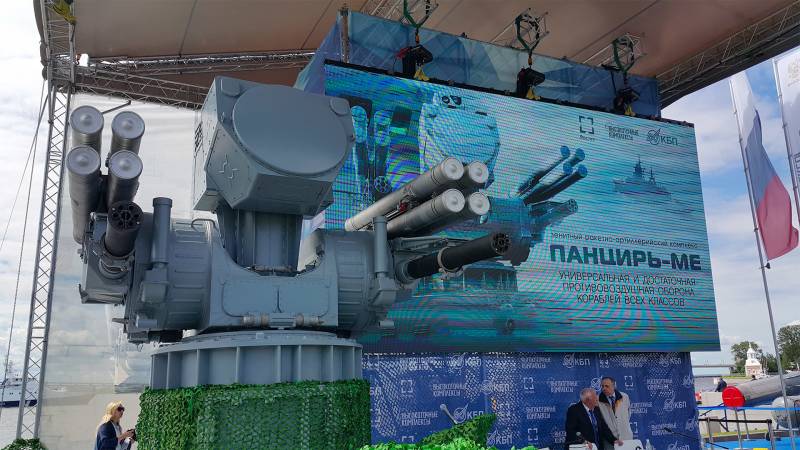
And it would be possible to power the marine version from the electrical networks of the building no less efficiently than relying on the Pantsir-S1 diesel generator, to which diesel fuel would also have to be dragged from the ground. Not really a problem, but still...
It is obvious that someone came up with a superbright idea regarding the additional protection of certain structures. Few of those complexes that have already been deployed in some areas of Moscow to those that have always been there, it is also necessary to pile up on the roof. There is never a lot of air defense, it is very difficult to argue with this statement.
Combat application
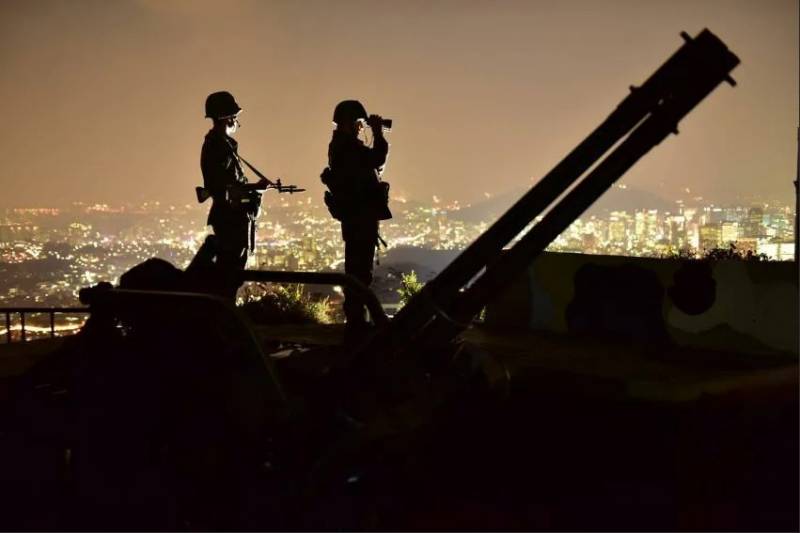
Is the updated "Shell" good against UAVs or is it still not very good - this is a separate issue. Great concern is caused by the consequences of its use. The range of the Pantsir-S1 missiles ranges from 12 km (9S335) to 20 km (57E6E). That is, unambiguously BEFORE the boundaries outlined by the Moscow Ring Road in the minimum case and flying a little beyond the Moscow Ring Road in the maximum case.

What does this mean?
Yes, that if the same “Flight” or “Swift” really flies to Moscow, and they start trying to shoot it down with the help of the “Shell”, then they will intercept it exactly over Moscow. In general, the Ukrainian military has already proven that, under certain circumstances, an ancient Soviet jet drone is capable of flying where it needs to be. For example, in Engels. Although experiments on this topic have been going on since March 2022, when a Tu-141 with an improvised warhead blew up in the capital of Croatia, Zagreb, 50 meters from a student hostel. Having flown before that through the airspace of Romania, Hungary and Croatia itself.
In general, the air defense of the above countries turned out to be at the level of Russian air defense, which just missed Drones Tupolev Design Bureau to the strategic airfield aviation Russia.
The case when an old horse can plow from the heart.
And at the end of last year, representatives of the Ukrainian state defense conglomerate Ukroboronprom announced that they had completed testing a new design of a strike drone with a range of 1000 kilometers. That is, an even more effective apparatus from the point of view of the Ukrainians will be able to arrange a complete victory in the same Moscow.
Apparently, someone in the Ministry of Defense did not really like the information and it was decided to take action. Fast and result. As a result, the "shells" were dragged by cranes to the roofs.
Well, let's hope that the roofs and load-bearing structures of the Soviet period will hold up.
In general, the Armed Forces of Ukraine have already shown their ability to hit targets far from the borders of Russia. Sooner or later, an attempt to probe Moscow’s air defense could well follow, because if successful, the Ukrainian side could get real profit from such strikes: hitting cruise missile substitutes on targets in Moscow could entail the redeployment of air defense systems from the frontline zone closer to the capital.
The temptation is obvious, since the Ukrainians would very much like to pay for the strikes on Kyiv and other cities, at least partially. Artillery strikes on the border villages of the Kursk, Bryansk and Belgorod regions do not have such political weight as Ukraine would like, because the supply of weapons to the Ukrainian army will depend on the military-political successes of the Armed Forces of Ukraine. This is clear and understandable, because the expectation of a "retaliation strike" is quite obvious.
Possible consequences
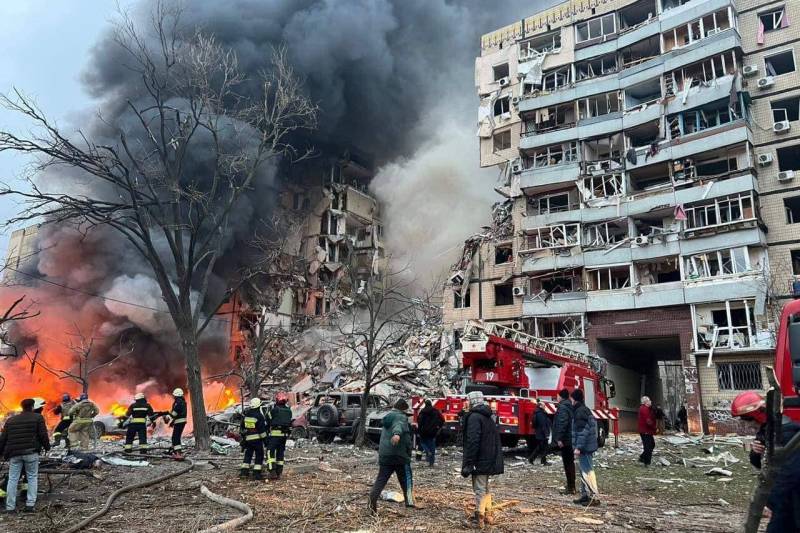
Everything is clear here. If the “shell” intercepts targets within its range with its missiles, then, alas, a repetition of the tragedy in Dnepropetrovsk is quite possible. No matter how hard you try, Moscow will be below, and downed rockets will fall on Moscow houses.
Even in the most beautiful case, if the crew of the "Shell" quickly (not like in Syria) "sees" the target and aims missiles at it, launches and hits the target, then the target will hit objects near the place of its fall. Yes, as happened in Dnepropetrovsk.
Many smart people have already spoken out on the topic of who is more to blame, the Ukrainian anti-aircraft missile or the Russian cruise missile Kh-22, but the fact is that if you try to hit cruise missiles over cities, civilian casualties will be up to 90% likely.
Of course, a Ukrainian anti-aircraft missile with a maximum warhead weight of 150 kg will not be able to cause such destruction as the Kh-22 with its 960 kg warhead, of which 630 kg is TGAG-5 explosive, a mixture of TNT, RDX and aluminum. In addition, an anti-aircraft missile that hit a target is already without a warhead, that is, only unburned fuel poses a danger.
In general, the prospects for Muscovites are not very good. True, in the event that something nevertheless flies to Moscow from the territory of Ukraine and this something will be missed by all air defense posts on the way.
Previous Ukrainian drone strikes against targets inside Russia indicate that Russia's air defense network is actually having some difficulty detecting and tracking drones. Drones, by their nature, are generally difficult to detect and intercept, because an additional line of defense from the "Shells" seems to be a good thing, but the fact that the "Shells" will drop missiles at Moscow is not the best thing that could happen.
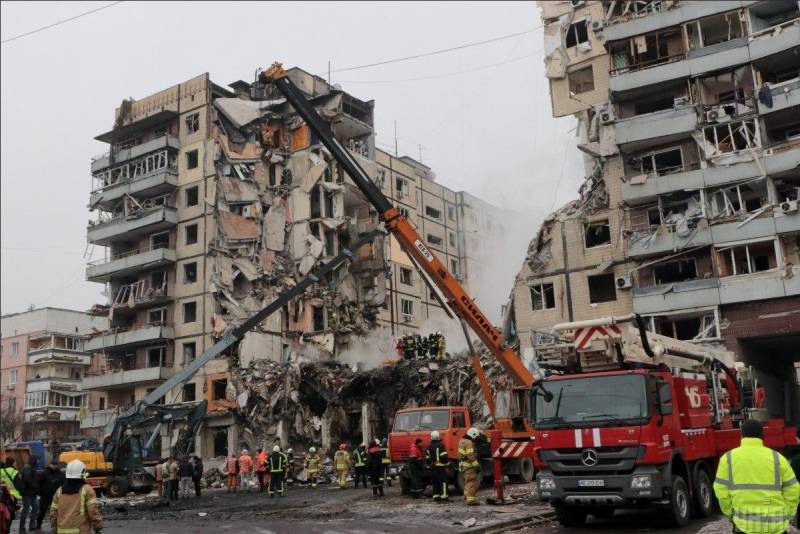
Do they know about this in the Ministry of Defense? Definitely yes. They cannot fail to know and understand the possible consequences of such shooting. But apparently, protecting ourselves, loved ones, is a more important task for our generals. Which is also generally understandable.
On January 18, 2023, Sergey Lavrov, answering a question from journalists about the events in Dnipro at a briefing, said that “Ukrainian air defense, contrary to all the laws of warfare, all norms of international law, is located in residential areas and this was the reason that an air defense missile eventually hit this house.”
And what about Ukraine? Well, in general, rather, where does Frunzenskaya Embankment and Teterinsky Lane of the city of Moscow have to do with it.
If according to the Minister of Foreign Affairs of Russia, then the deployment of air defense systems there is contrary to international law and all the laws of warfare. And you can’t place them there, on January 18, Sergei Viktorovich perfectly understood what such actions could lead to.
Alas, but if you really want, then everything is possible. And international law...
In general, of course, I really hope that the Armed Forces of Ukraine will not launch anything in Moscow, and all their stories are nothing more than propaganda. I count on it very much. I really would not like to see the Dnieper in Moscow.
I wonder who will be to blame?
The Ukrainian side is to blame for the tragedy with the house in the Dnieper. She placed air defense systems in urban areas, she intercepted missiles over cities, from which they fell on residential buildings and killed civilians. The choice was small, but it was. Either a Russian missile hits an infrastructure facility, or it is dropped on residential buildings.
And now, apparently, our generals in the Ministry of Defense received some information that something appeared in Ukraine weapon, capable of calmly flying to Moscow, or something else from the same opera, but our generals were clearly worried. Apparently, they believe that the Ministry of Defense is the most important goal for the Armed Forces of Ukraine.
A lot will depend on what kind of violinist will be on the roof and what melody he can play.
If the Armed Forces of Ukraine launch something like this towards Moscow, I wonder who will be to blame for the fact that the same Strizh falls on a residential building and smashes it?
Information